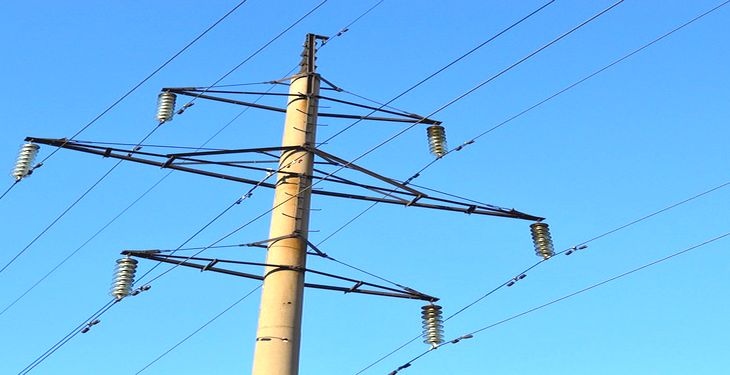The events of the beginning of the year from the Romanian energy industry were all likely to worry, when they were not downright surprising in a negative way. In the current energy context, no sector – be it oil and gas, renewables, hydropower, mining, thermal or nuclear – has been spared of new problems. Each conference and every public appearance of officials or experts reminded the old debts and recalled the perennial impotence. As anticipated, the technocratic team from the Ministry of Energy has disappointed many and has already become the lightning rod for each disappointment. The successes are timid, emotionally dissolved under the daily emergencies and below the disproportionate expectations.
On Friday, the Ministry of Energy published 128 dense pages on its website, with updated information relating to the national energy system status and Romania’s national and international commitments in the energy sector. It is systematically continuing the effort initiated under the mandate of Răzvan Nicolescu and abandoned in the ministry of Andrei Gerea.
“Developing the new energy strategy of Romania proceeds with the qualitative analysis phase, which will occur by organizing specialized workshops between 9 March – 15 April 2016,” announces the Ministry of Energy. Details of the working sessions here.
Perhaps in the end, this document will far exceed 200 pages, ground for the essentials elements – conclusions, vision, recommendations – which we hope will fit in less than 20 pages! We identified yet, 9 (unexpected) reasons for hope that the final result will be a quality one. Specifically, there are 9 of the “conclusive elements” of Romania’s current energy context, as formulated by the ministry. Some of them are no-brainers – easy for anyone interested about energy in Romania. All are merely mandatory starting points for the necessary and expected improvements. All are issues that the authorities recognize and for which they are promising solutions.
It is not enough, but it is a zero level, well above the inept discourses or ambiguous wording carefully designed to prevent the assuming of any type of liability (accountability). But for now is enough: people from the ministry see clearly, hear well and speak clearly. What is already a step outside a paradigm that we are, unfortunately!, too familiar with.
1. Energy infrastructure, in decisive segments, is technically outdated and worn, needs an urgent investment
2. The collapse of oil prices reduced more and more the capacity of the oil producers to invest in replacing reserves and maintain the production levels
3. The renewable energy growth is, after several years of growing investment, in a crisis of the support scheme based on green certificates
4. Some electricity producers which are owned by the state, from the hydro and coal sectors, are either insolvent or on its edge
5. Electricity production exceeds the domestic consumption, but the export capacity remains limited
6. The real competition is still lacking, both at the production and the provision levels (except for fuels)
7. The end consumer still has a passive role and, when vulnerable, is assisted by ineffective mechanisms of social and economic protection
8. The energy losses in the buildings are almost three times higher than the European average
9. The institutional and administrative capacity in the energy sector is insufficient, both structurally and from the human resources point of view


